Among the huge number of representatives of the mushroom kingdom in the forests, there are often mushrooms growing on trees. Among them are popular and edible, for example, honey agaric, oyster mushroom. And many are considered inedible parasites, which is not always true. They are quite diverse and interesting to study.
Content
General features and harm of parasite fungi for trees
The fact is that with a closer acquaintance it becomes clear: some mushrooms settle on healthy trees, gradually killing them, and others - on sick, dying, disposing of them, performing work on cleaning the forest and increasing the fertile soil layer. The former are parasites, the latter are saprophytes.
A distinctive feature of parasite fungi is their predatory behavior in relation to the tree: they feed on its juices, destroying it. For a tree, this is a direct threat and no use, as opposed to symbionts (which feed the tree with microelements and moisture, but instead receive sweet carbohydrates; there is an honest exchange here), to which we are more familiar in terms of collecting: boletus, boletus, mushrooms, chanterelles.
If the parasite has settled on a tree, then it is unlikely to be removed, usually this tree is doomed. After all, what we see on the surface is just a part, a fruiting body. And inside the trunk, everything is braided by a network of roots, mycelium, which can no longer be removed without destroying the tree.
And if this tree was alive, then, of course, the mushroom is a pest for it. But most often parasites settle on damaged trees, with wounds, hollows, weakened. Spores find vulnerabilities and take root there, developing mycelium.
Edible mushrooms growing on trees
Among parasites and saprophytes there is a certain amount suitable for food. Moreover, they have quite high taste qualities and even medicinal properties. Consider several edible species:
- Oyster mushroom is carob. Refers to lamellar. Quite popular, even grown at home or on industrial farms along with mushrooms. The name was given due to its form, it bears fruit from spring to autumn. It grows on fallen trunks and stumps, is attached to them by a leg with a diameter of 1 cm and a length of up to 5 cm. The hat is asymmetrical, with a funnel in the region of the legs, the size varies between 4-15 cm, the color is gray, there is a yellowish tint.
Oyster mushrooms growing on trees with “bouquets” can be seen in the photo, it’s difficult to remember the mushroom by its description alone. Consist in the fourth category of nutritional value. Use them for stewing, frying, pickling. Boiled foods are used in salads instead of meat in vegetarian dishes or during fasting, as they are most suitable for this replacement due to the dense pulp.
- Winter honey agaric. Bright yellow and red color - its distinctive feature. The hat is rounded, with age it becomes flat, reaching 9 cm in diameter. The leg is thin and stiff; usually it is not eaten. Honey mushrooms belong to the third food category and are valuable fried and pickled. The composition contains substances used as antitumor and antiviral.
- Grifola curly. This edible specimen belongs to tinder fungi and is listed in the Red Book. He loves broadleaf trees, is attached at the base of dead wood or on a stump with the help of side legs. The taste is bitter, therefore only young mushroom bodies are taken for food. It grows very quickly, there are fixed representatives weighing 7 kg. The color depends on the amount of sunlight received: it can be pink, gray, green.Not affected by pests.
- Tinder sulfur-yellow. Also known as chicken mushroom. It is notable for its bright coloration, compared with volcanic lava. It prefers a warm climate, settles on old trees, fastens with a fan-shaped hat to the trunk, without a leg. Moreover, several hats usually have one base. They grow to 40 cm and 10 kg. Used in oriental medicine. In cooking, they prefer to fry it.
- Tiger carpail. The young hat is convex, with time it turns into a funnel-shaped with curved edges. The color is white, beige in brown scales. It belongs to saprophytes, as it settles only on dead wood, gradually building up white rot there, digesting wood fibers. Valuable for a large indicator of protein in the composition, but only at a young age.
It is worth recalling that all edible tree mushrooms are consumed only young. Old fruiting bodies are often not only tasteless, bitter, but can also cause digestive upset and even sometimes hallucinations.
Inedible and poisonous species
Most of the other mushrooms that grow on trees are not suitable for food and even dangerous. Experienced mushroom pickers advise to bypass them for their own safety, and also remember the appearance and names.
Some types of inedible:
- Southern ganoderma - settles mainly on oaks, poplars growing in the southern regions. The hat is thick, reaches 10 cm, and a diameter of up to 40 cm. The color is brown with variations, the surface is slightly tuberous.
- Fluffy trametes - grows in groups on stumps and fallen birches. It is noticeable by white shades of color with the transition to gray, yellow, beige and hairiness on the hat. The size reaches a small, up to 10 cm in diameter.
- Oak tinder, piptoporus - a rare species in our latitudes. It grows mainly on living oak trunks, but is also found as a dead wood utilizer. It happens in various shapes: spherical, flat, shapeless with growths. The color below is whitish, the top is orange-yellow, the surface itself is velvety at a young age, and eventually becomes hard with cracks.
- Astringent fasting - attracts with its white color. In young specimens, the allocation of drops of liquid is observed - gutting. The pulp is fleshy, with an astringent bitter taste. But it refers to unexplored mushrooms, the poet is not recommended to eat.
- Ishnoderma is resinous - like the previous representative, during the growth period it releases a liquid (this time brown or reddish) and has a bitter taste. Disposes of coniferous dead wood. Most often grow solitary. The velvety hat is painted in shades of brown, sizes up to 20 cm.
Regarding poisonous species, it should be remembered that usually they are disguised as edible: there are false mushrooms, oyster mushrooms. Without solid knowledge of what a mushroom body of a particular species looks like, you should not take it home.
Healing mushrooms
Most often, wood mushrooms are used precisely for medicinal purposes, since they have a rich composition of trace elements and rare chemical compounds. The most famous:
- Reishi, a varnished tinder fungus - was very much appreciated in ancient Eastern medicine, quite rare and expensive, even acting as part of the bride’s dowry and “overgrown” with legends. Currently in Japan and China it is grown on farms specifically for pharmacology. It is used as an antitumor agent, immunomodulating, positively affecting pressure, digestion, fat metabolism, and blood circulation.
Reishi slimming drugs are very popular right now. A similar principle of action should not be taken with medicines, for example, with immunomodulators. The name "varnished" received from the glossy sheen of the surface.
- Chaga, beveled tinder fungus - is widely used in the treatment of the gastrointestinal tract, in dentistry, endocrinology, dermatology, has an antispasmodic property, antimicrobial, and diuretic. There is evidence that it stops the growth of malignant tumors. It grows on birches. Outwardly, it often looks like a shapeless outgrowth of gray and black, tuberous. Inside is brown. In case of an overdose, it causes nervous excitement, increased pressure, heart palpitations.
- Larch sponge - contrary to the name suggesting deciduous trees, loves conifers, including larch. It looks like a multi-layer hoof with growths. Perennial mushroom, the largest officially recorded age - up to 70 years. Dimensions are also rather big: diameter up to a meter, weight of several kilograms.
The therapeutic effect of this tinder is laxative, sleeping pills, calming, it positively affects the metabolism, the liver. Used in the treatment of tumors, tuberculosis, hepatitis, diabetes, asthma. Not recommended for pregnant and lactating.
Contraindications in the treatment of fungal agents in most cases are individual intolerance to a particular element in their composition. In any case, it is strictly forbidden to engage in self-medication, always seek the advice of a doctor.
Answers to widespread questions
Mushrooms are quite complex organisms, and often dangerous to health, so a lot of questions arise about their collection and use.
Like all ordinary edible mushrooms, woody mushrooms are also very useful and even tasty. The main thing is to study them so as not to be mistaken in the collection, as well as their features of preparation and processing.

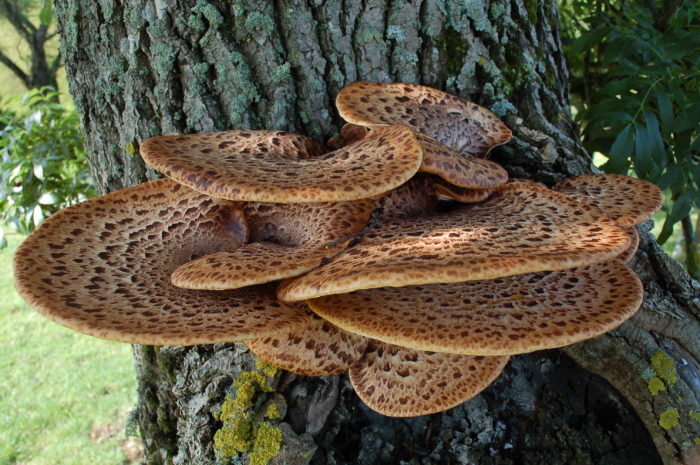
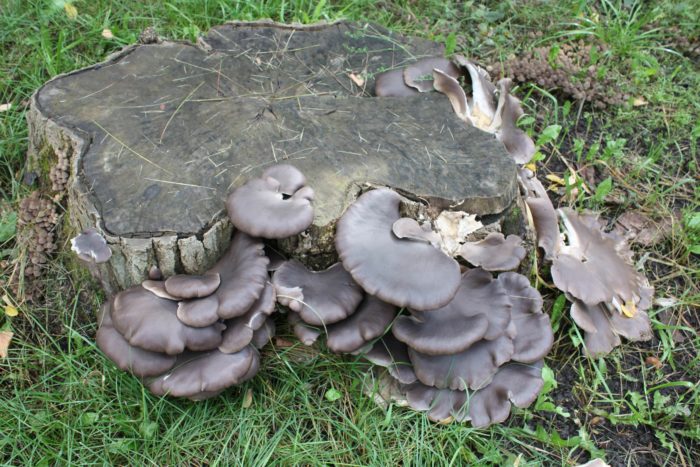
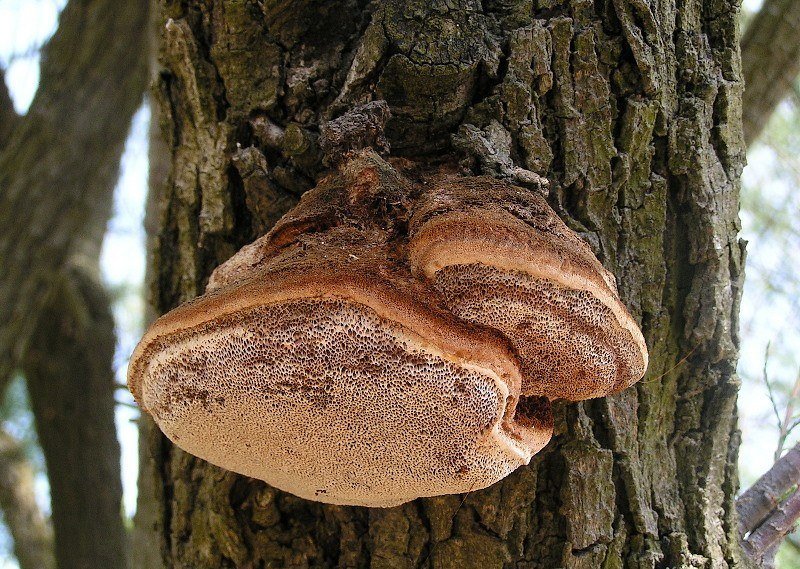
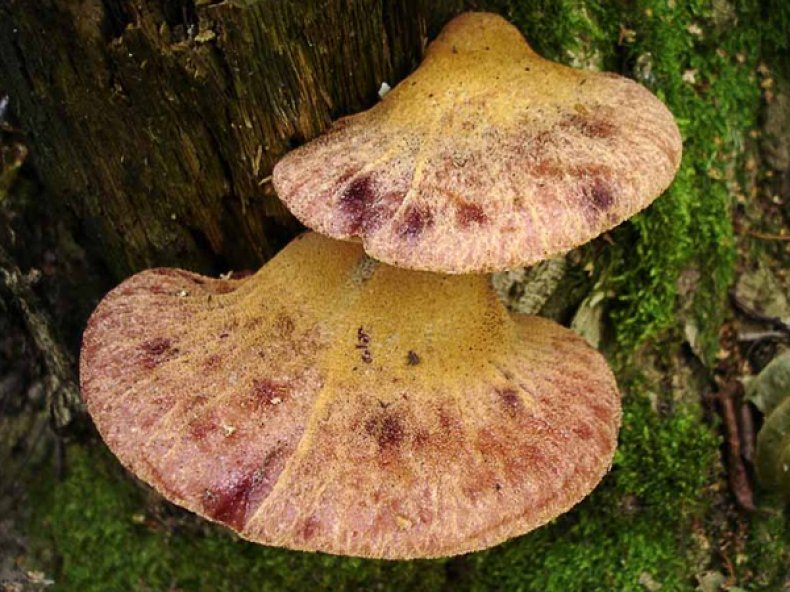
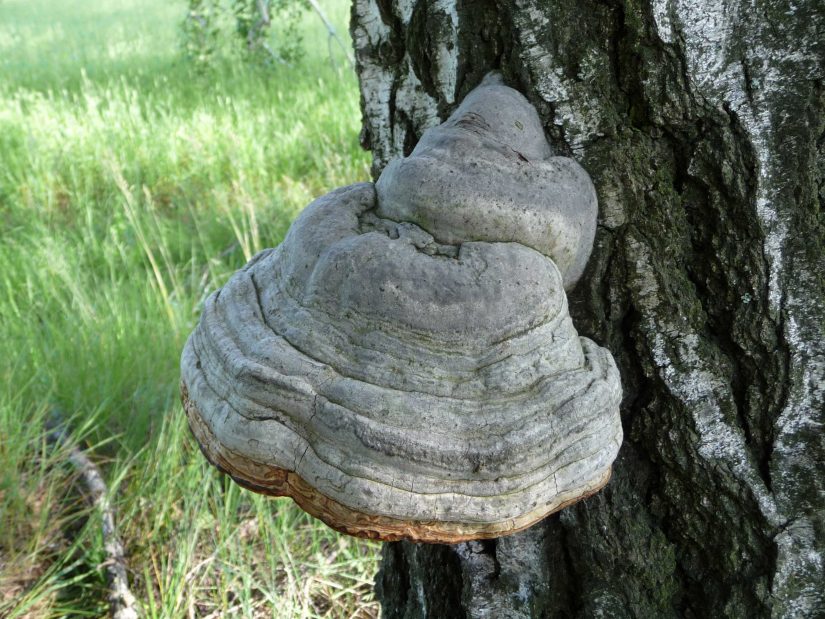
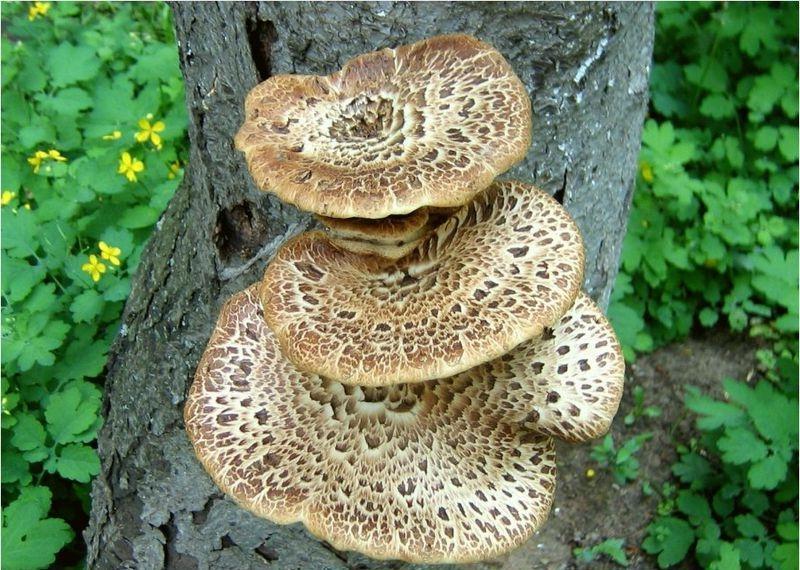
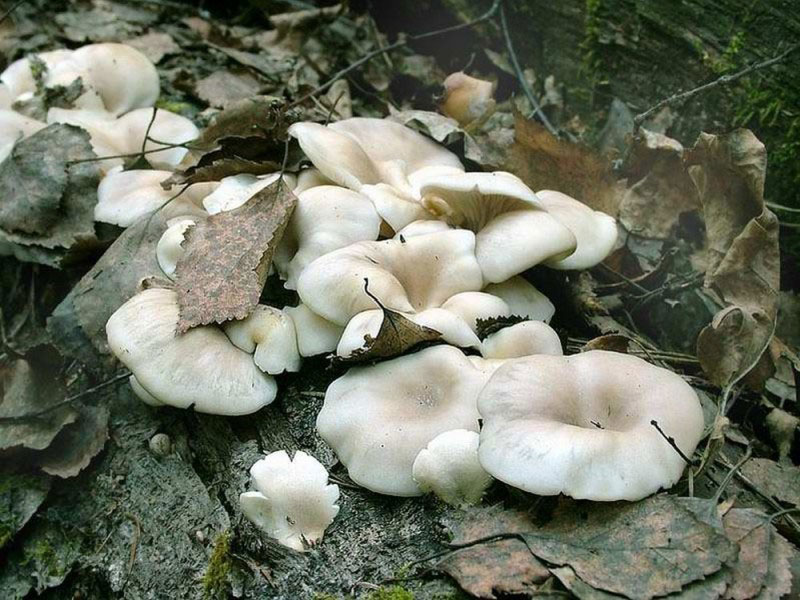
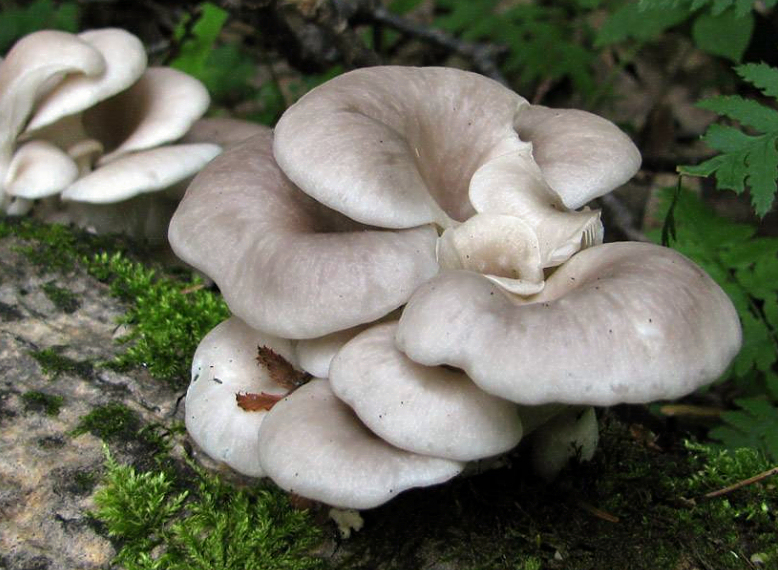
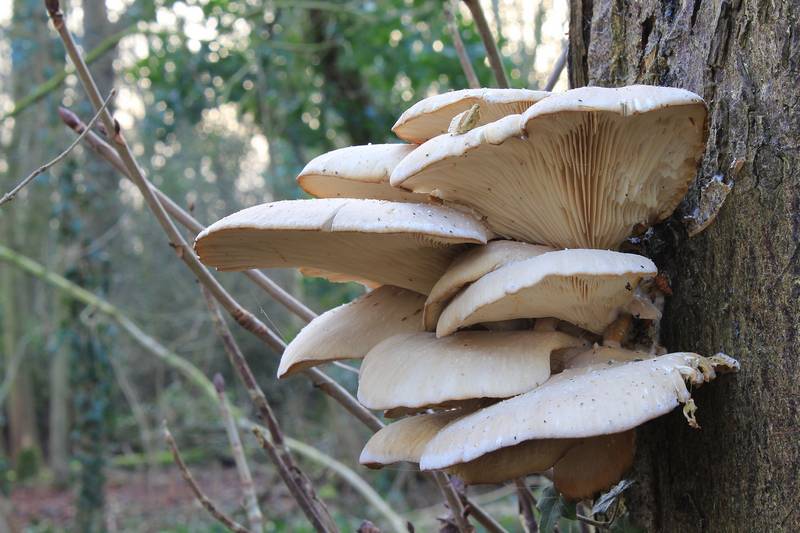
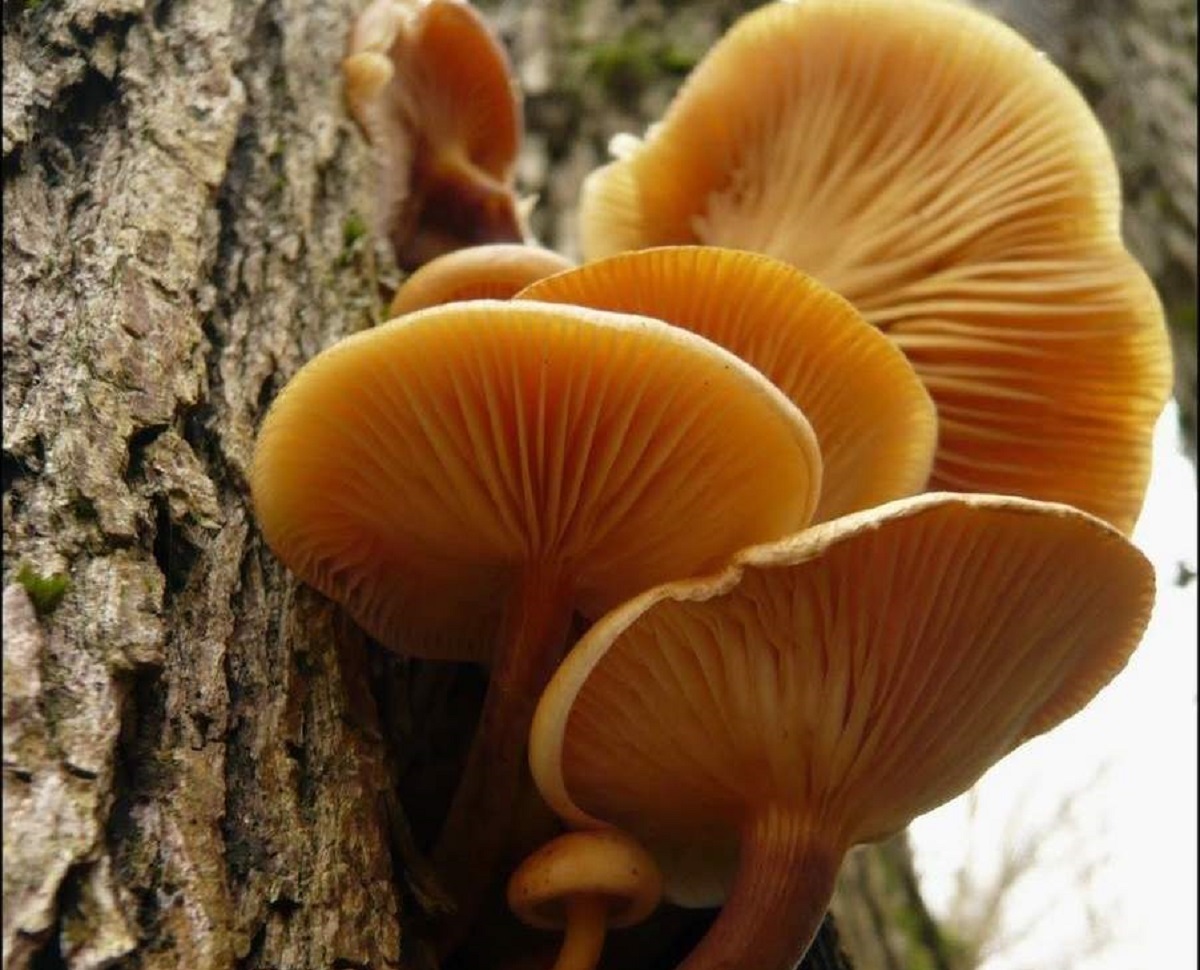
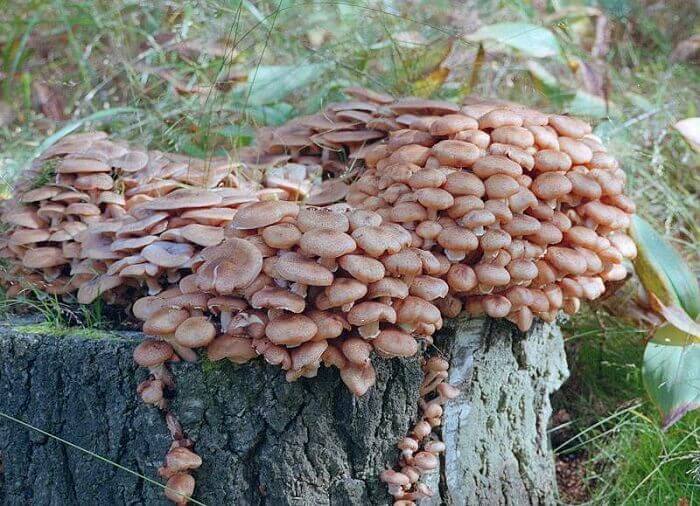
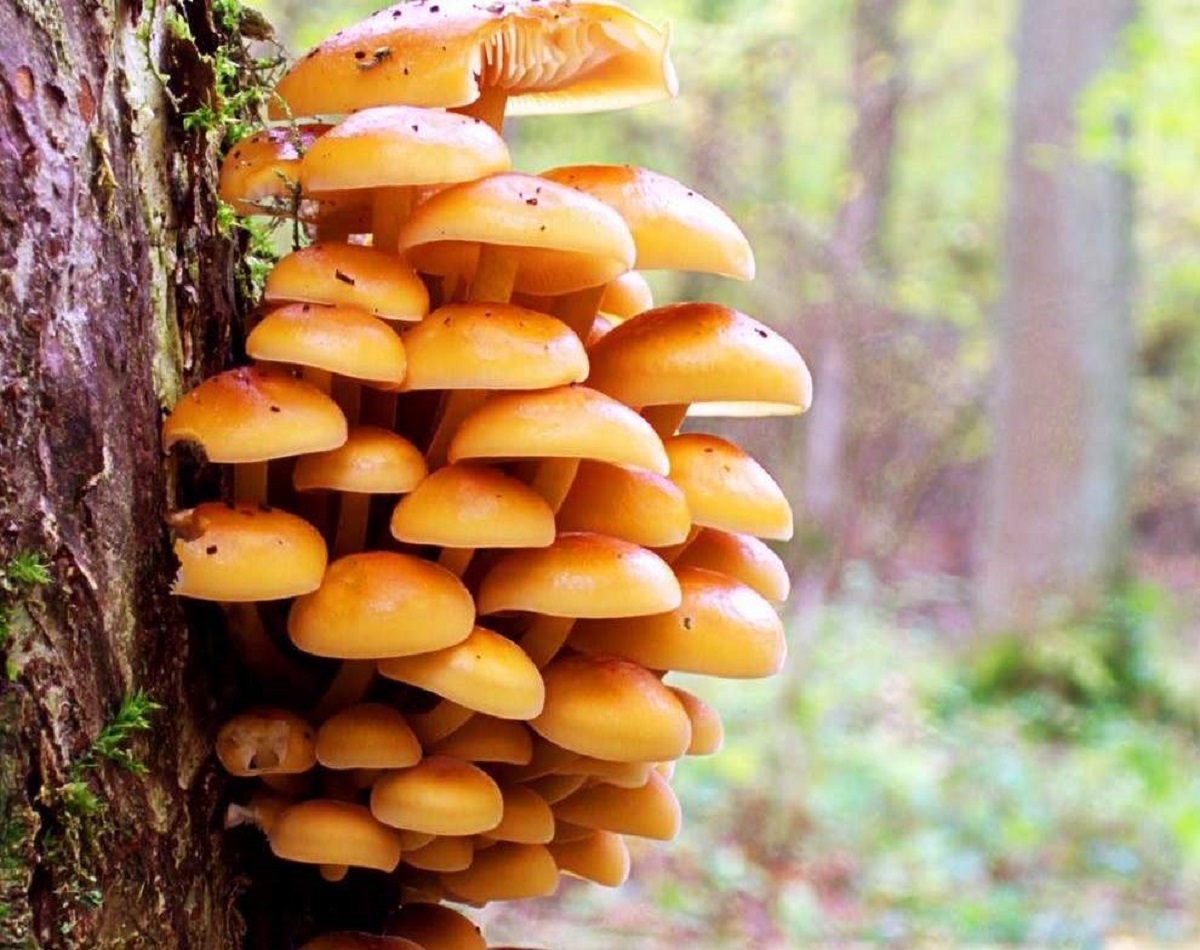
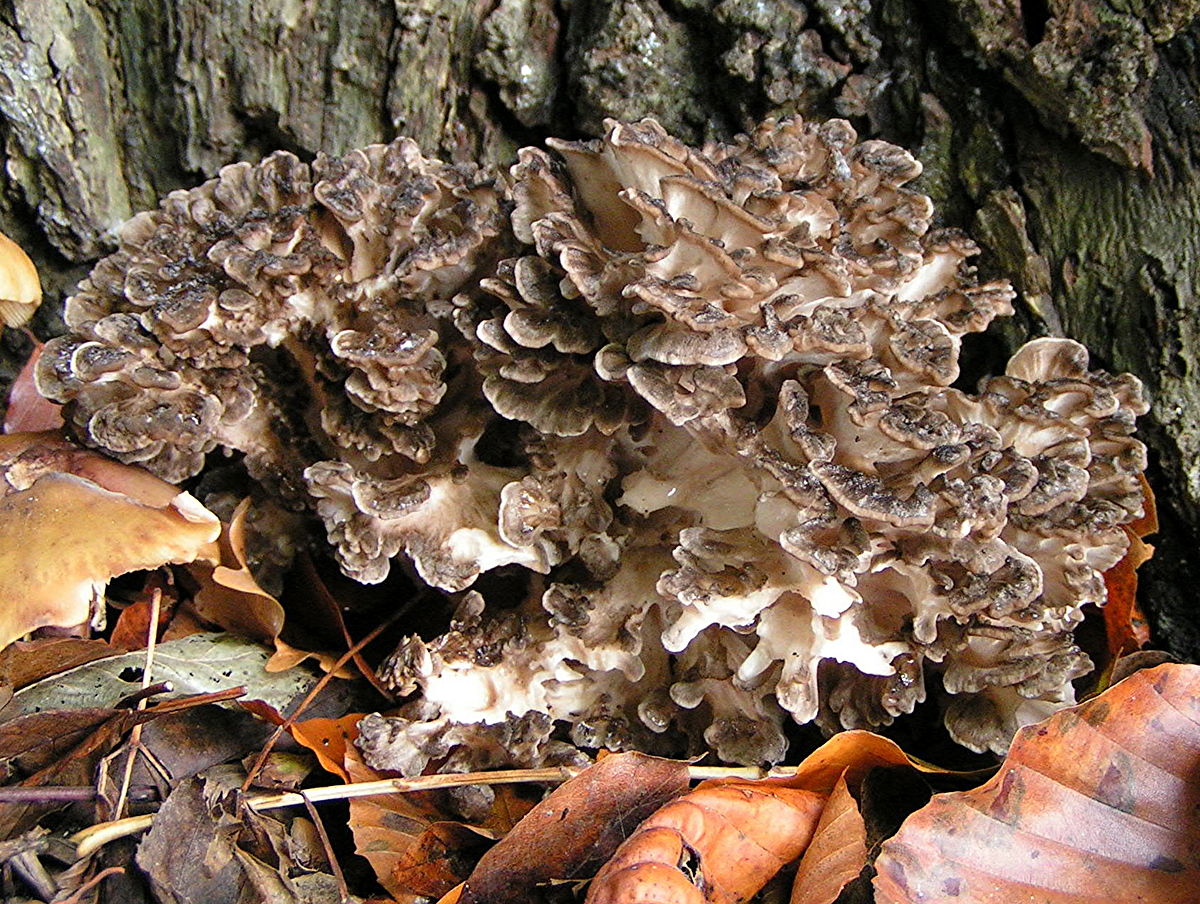
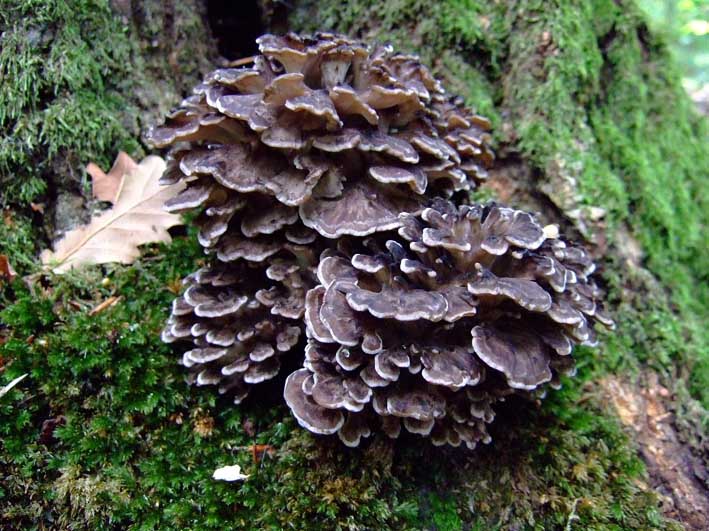
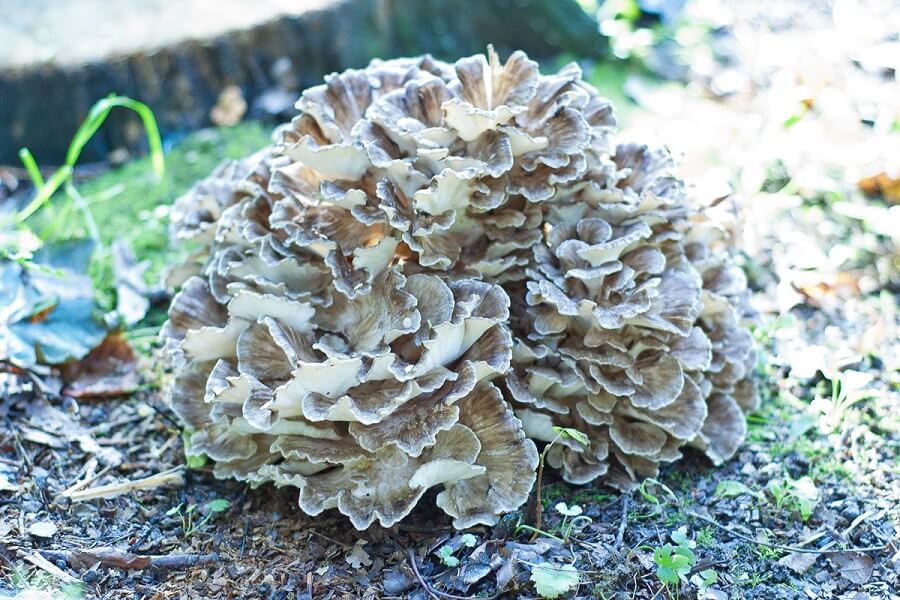

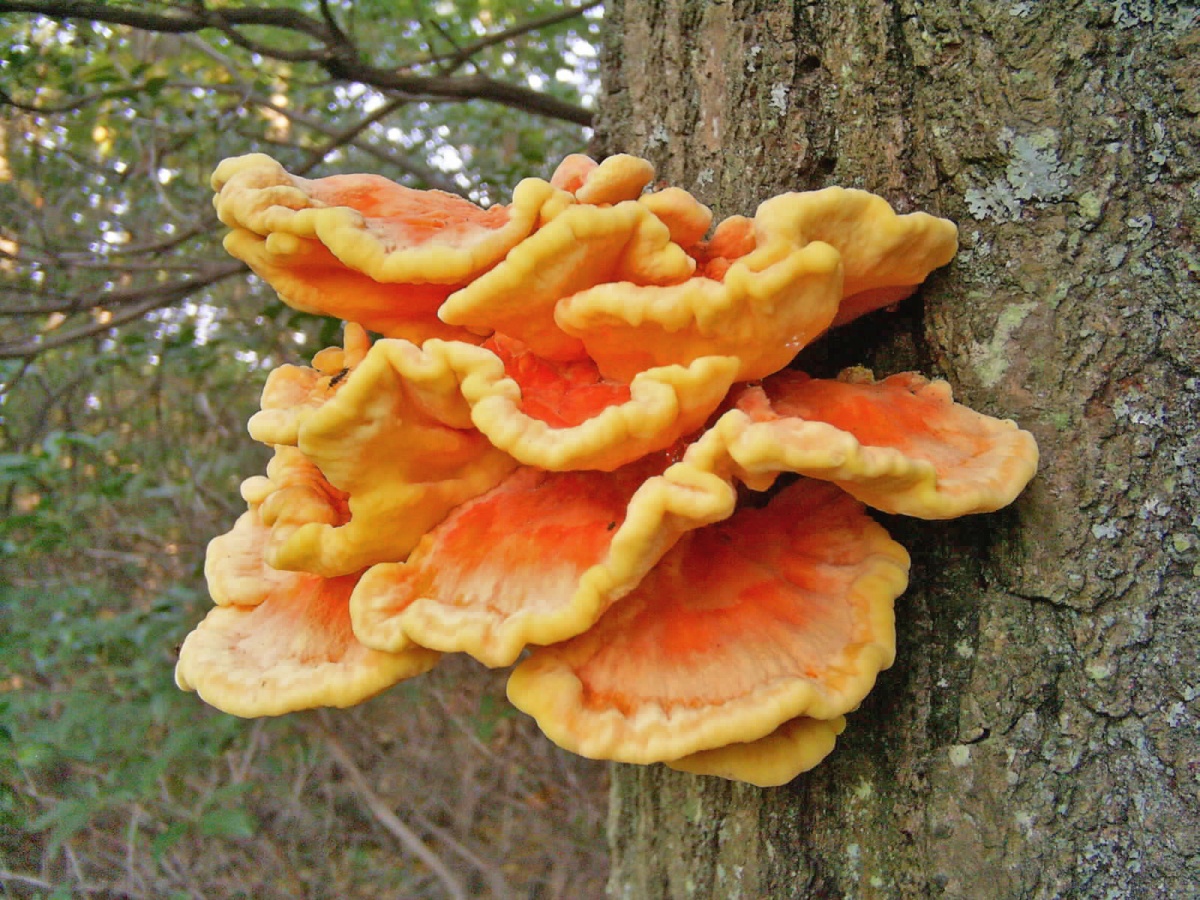
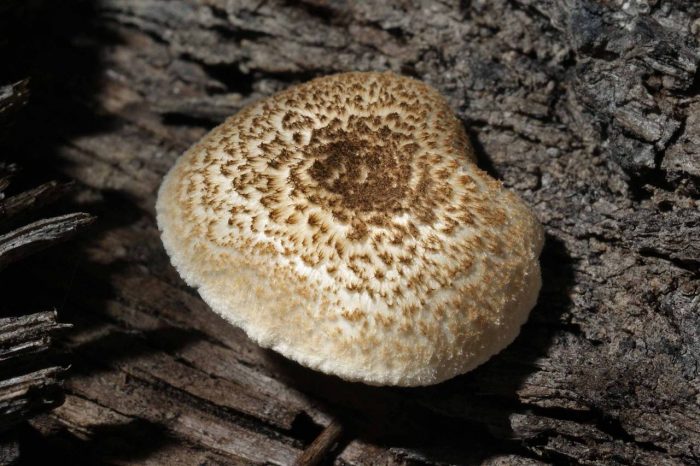
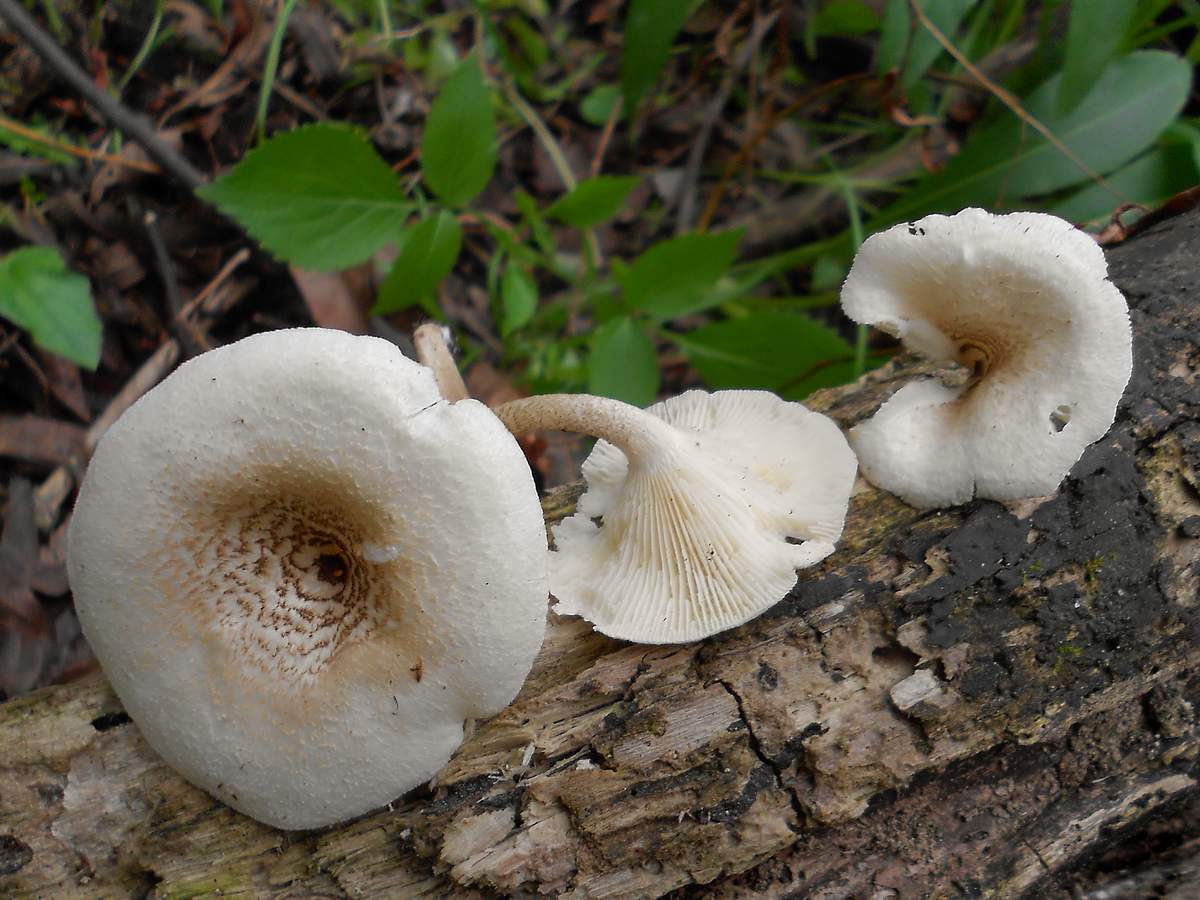
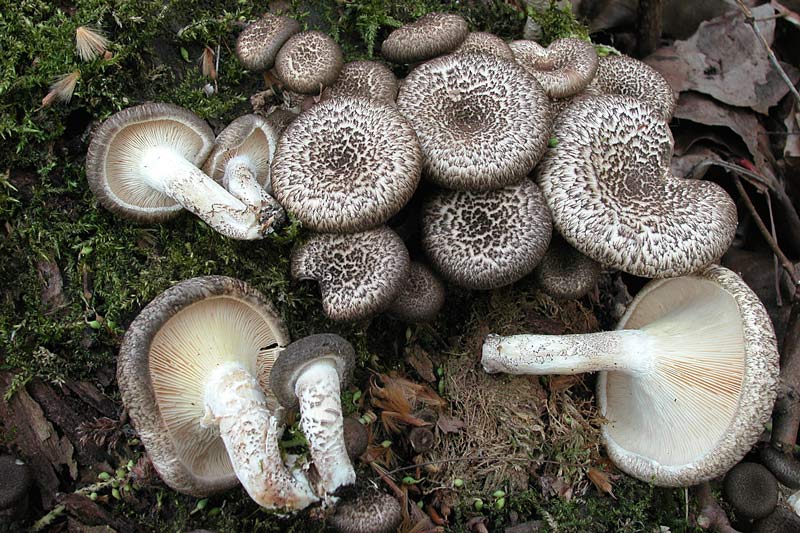



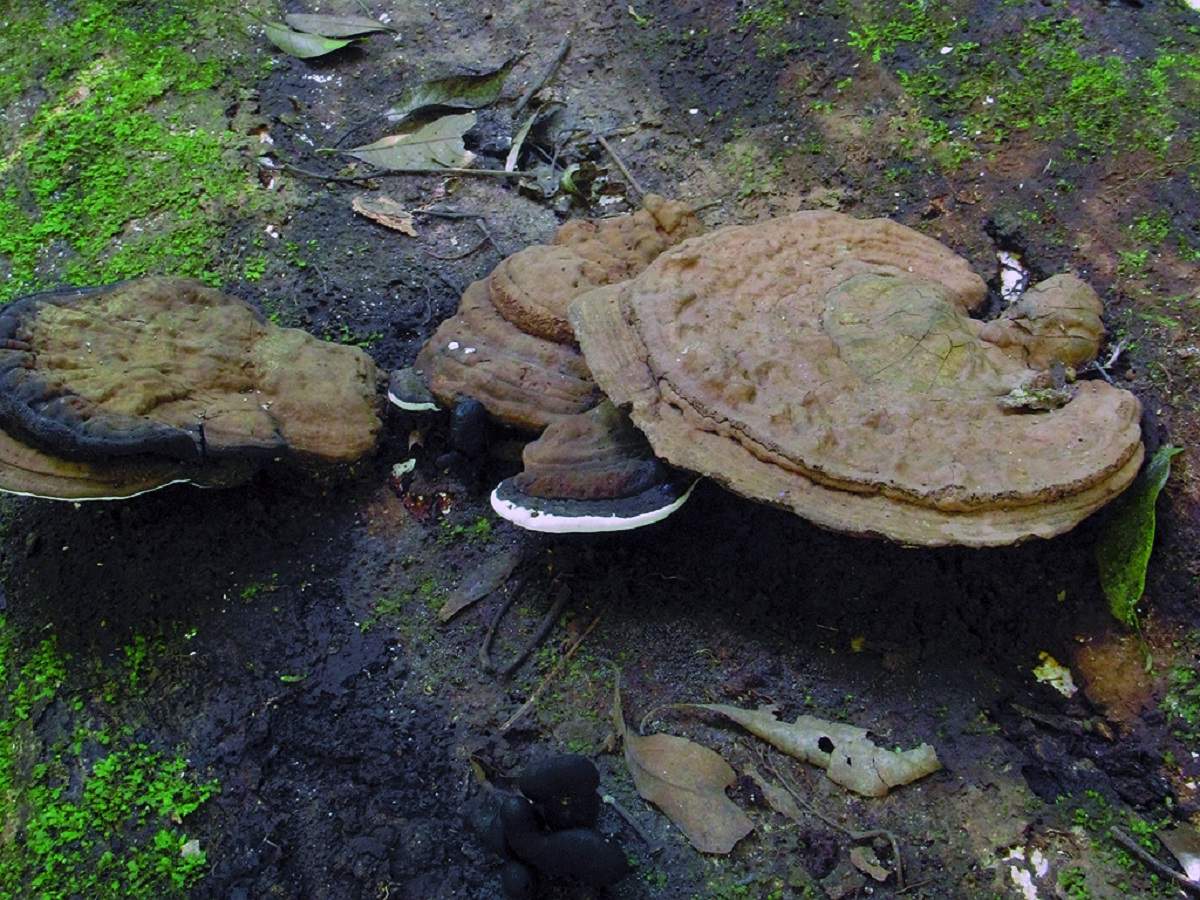
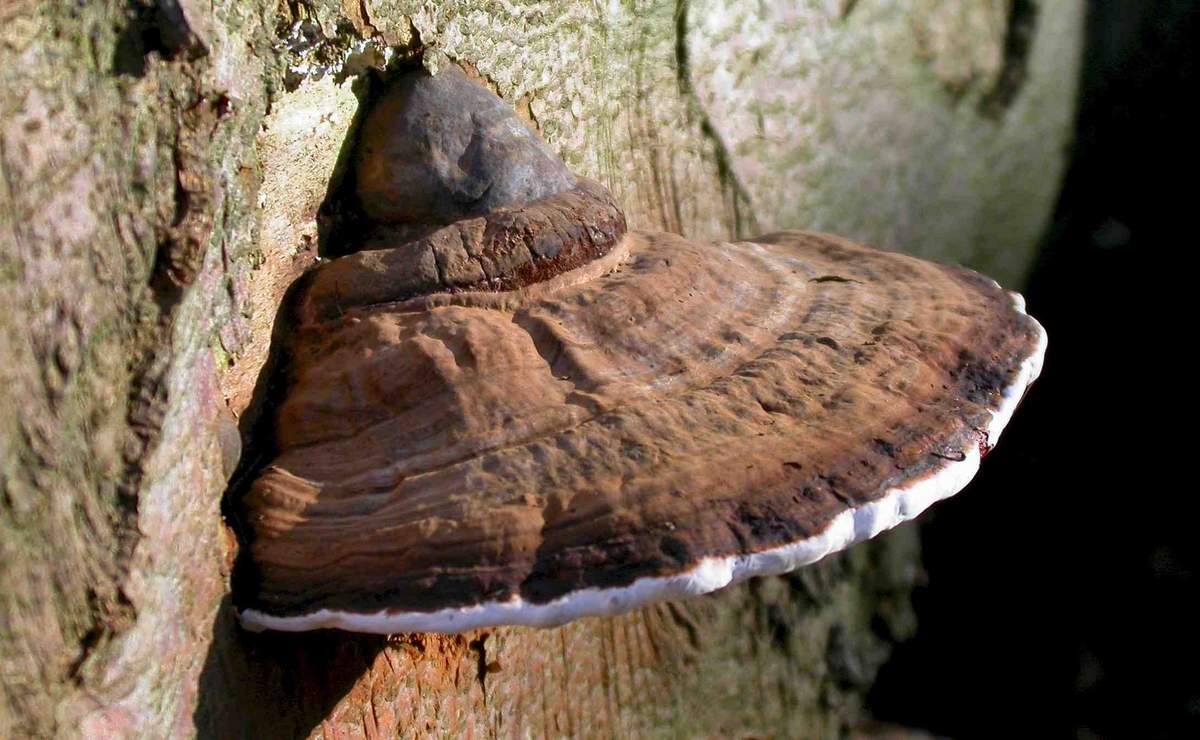
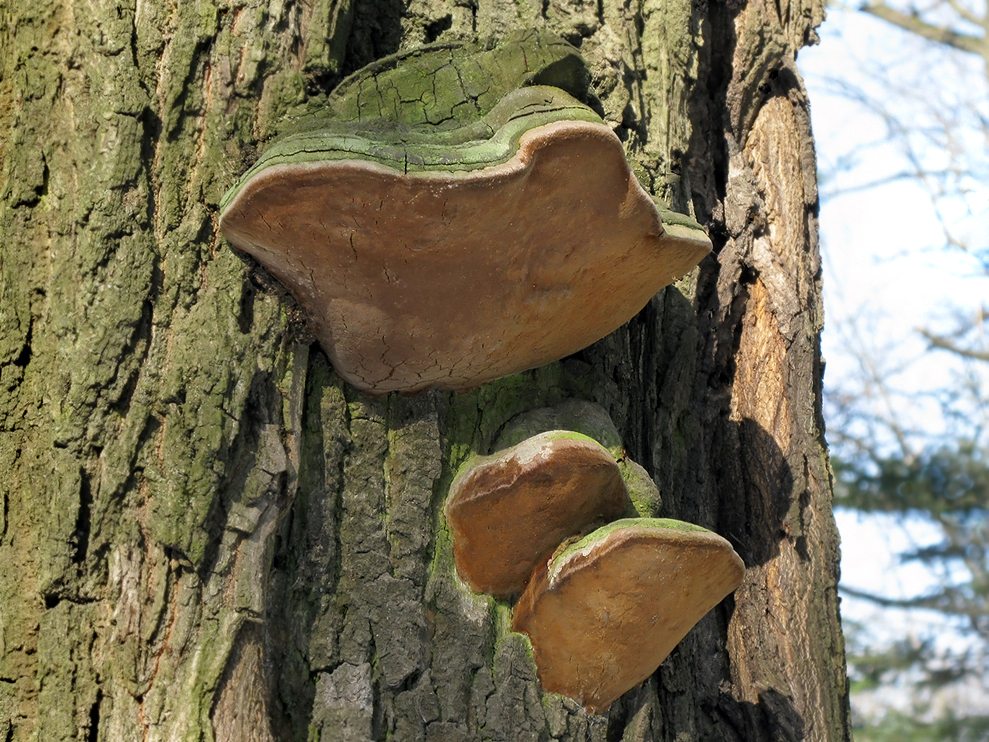
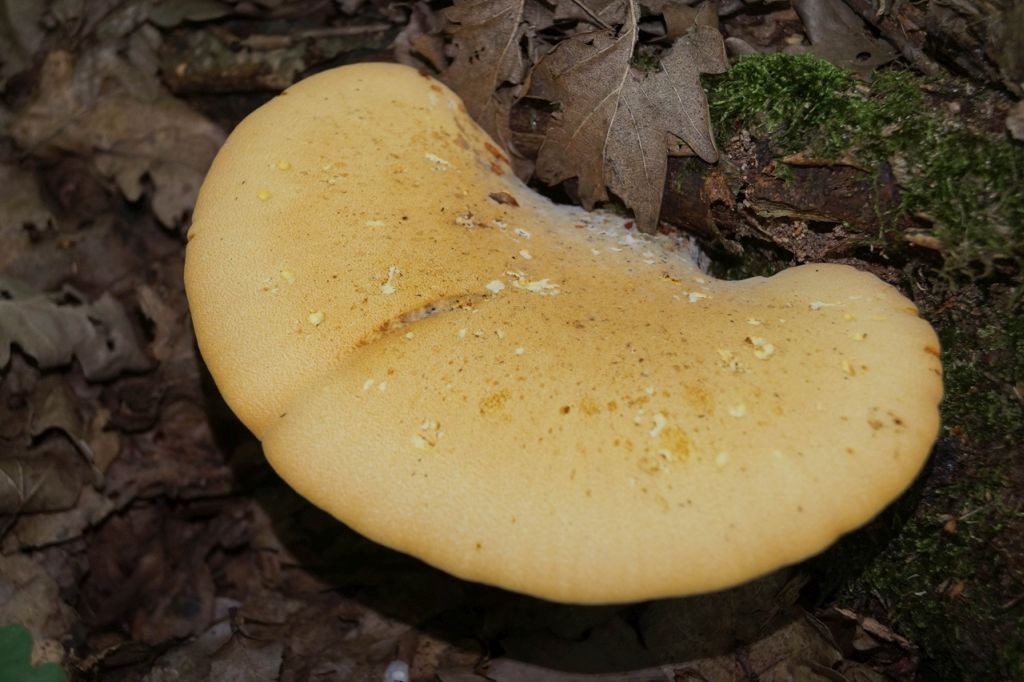
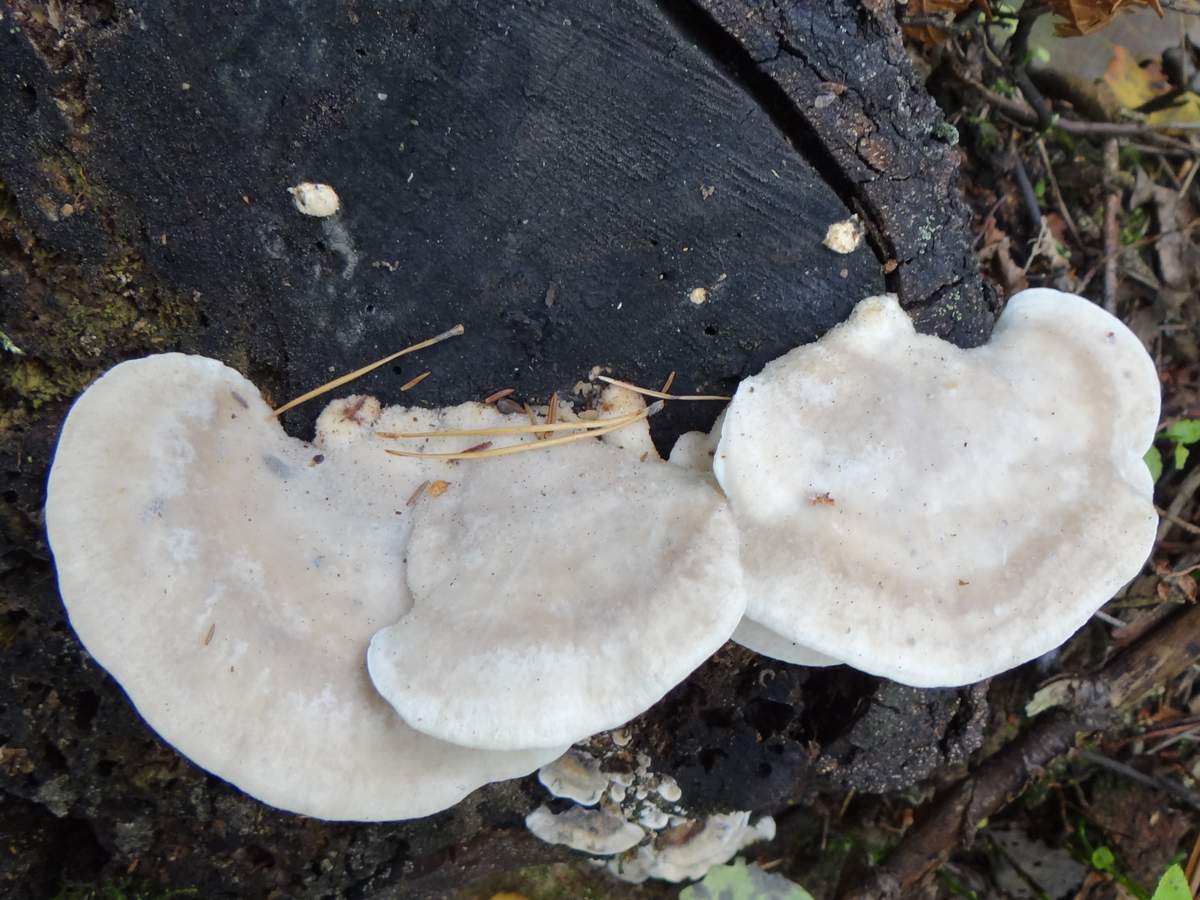
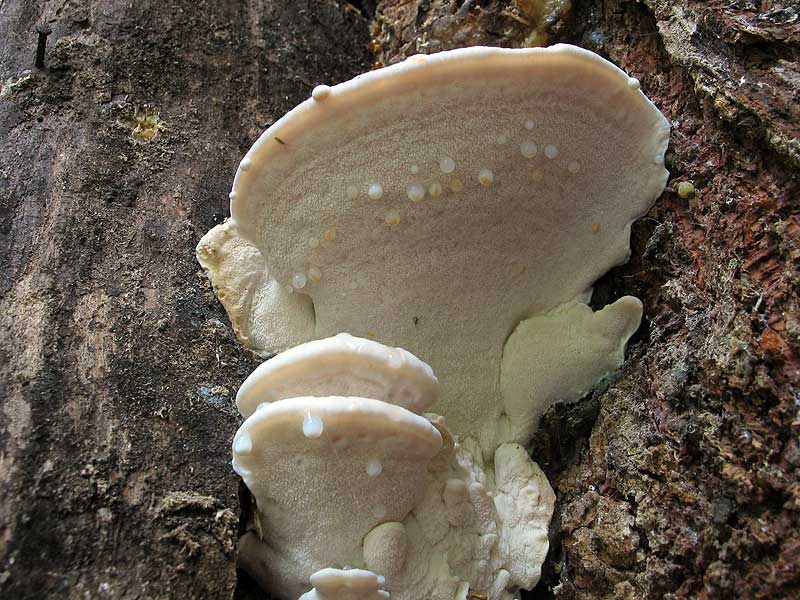
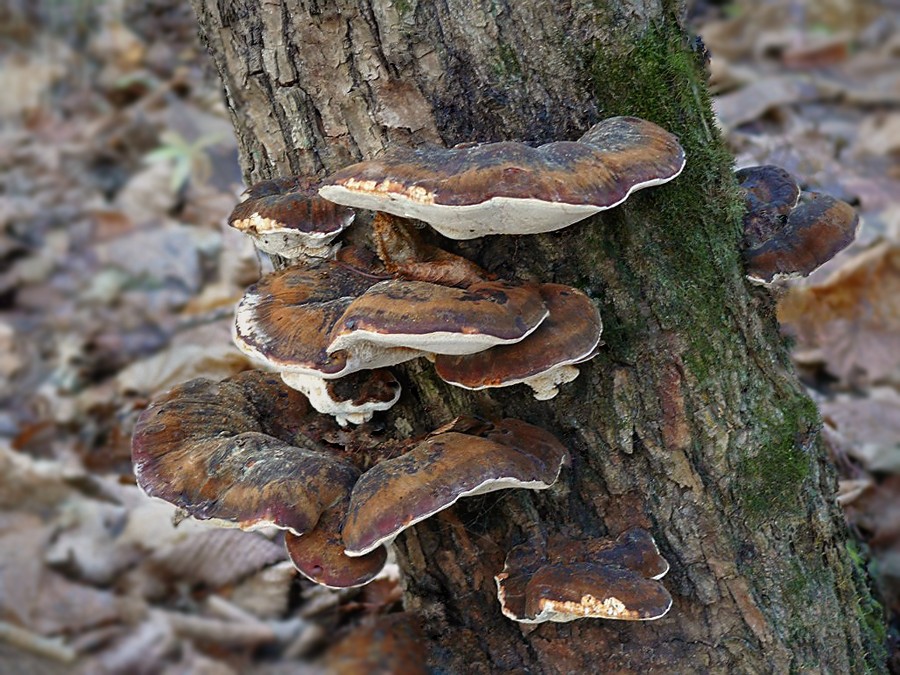
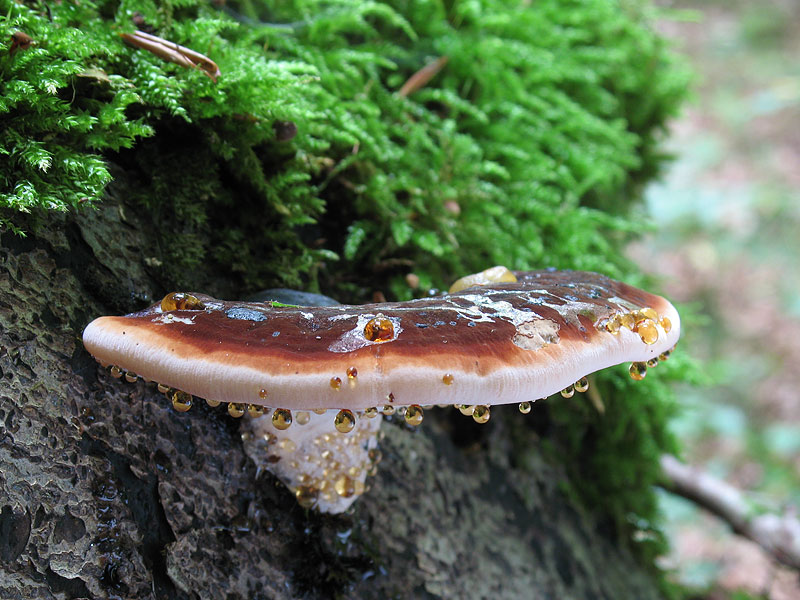
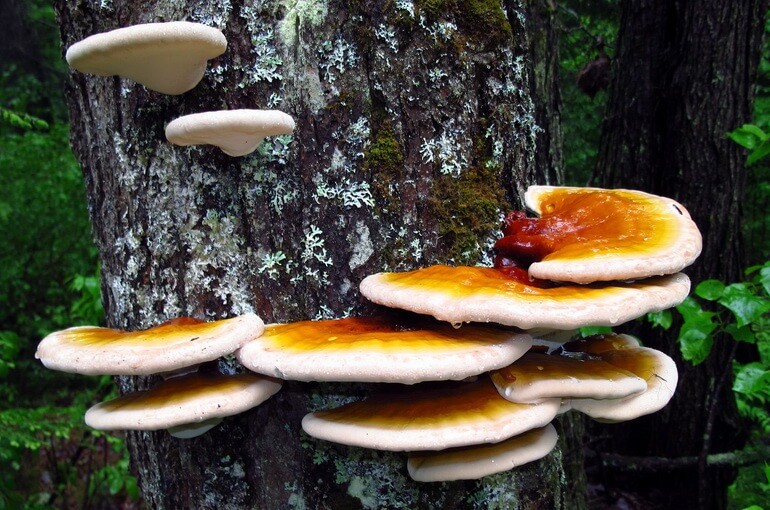
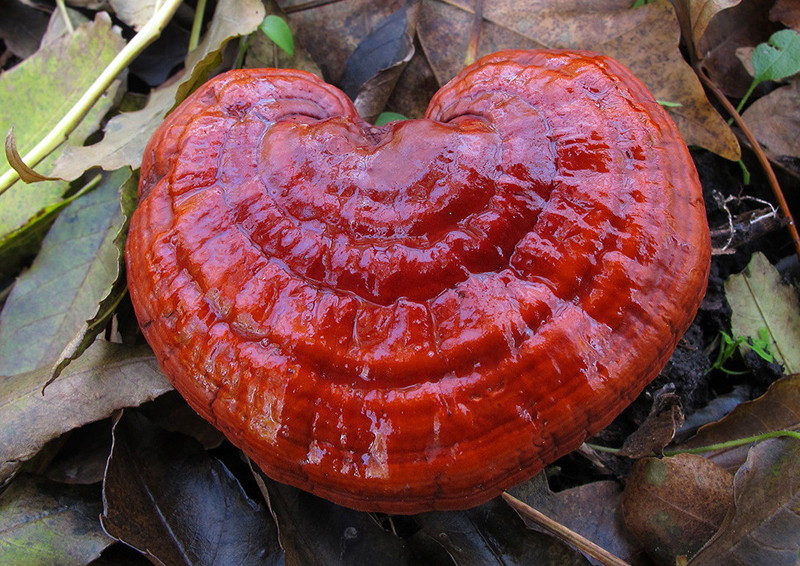
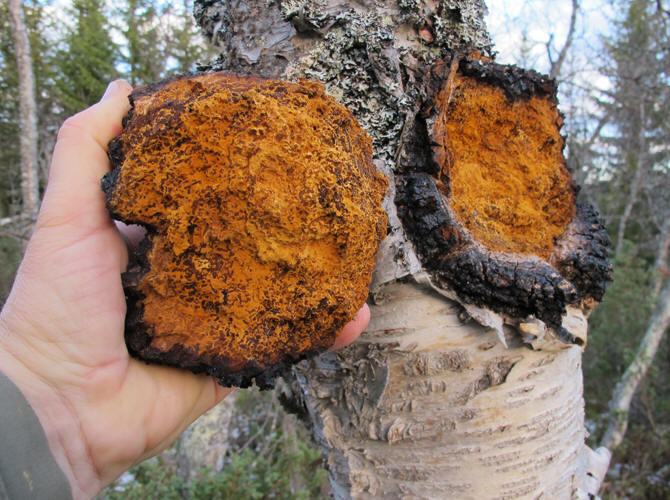
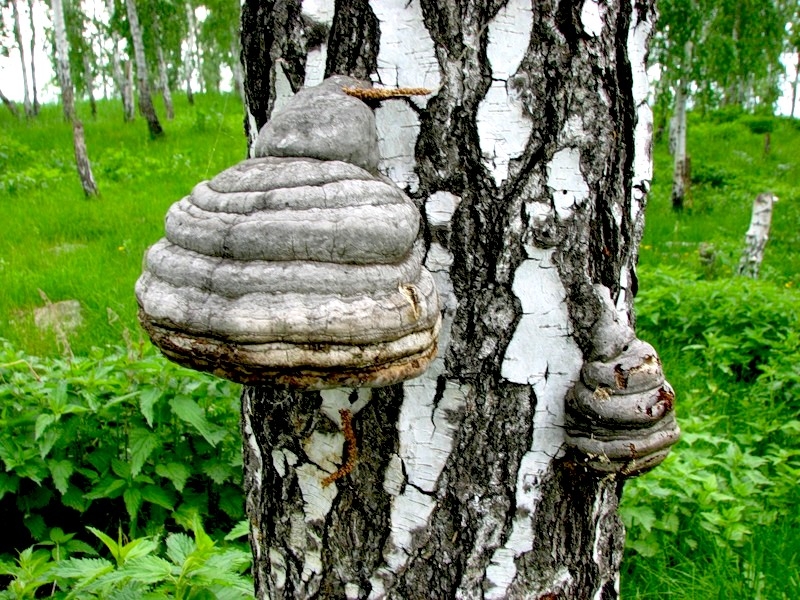
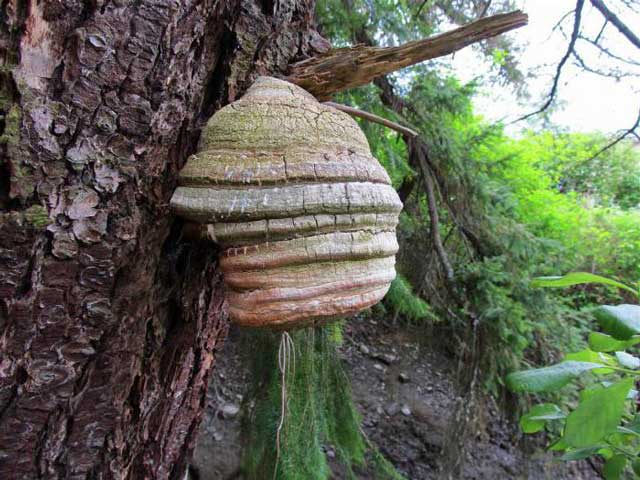
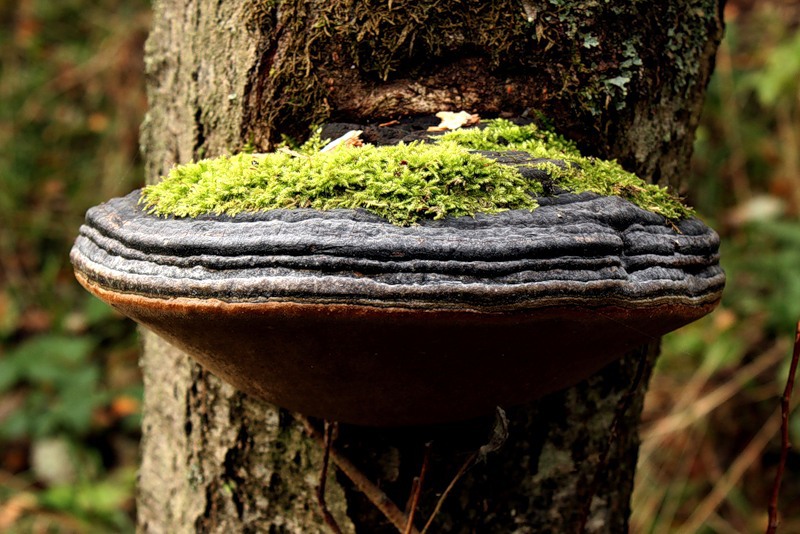
 Care and use of Kombucha at home (+22 photo)
Care and use of Kombucha at home (+22 photo) Edibility of the fungus of the motley umbrella and its description (+19 photo)
Edibility of the fungus of the motley umbrella and its description (+19 photo) Description of edible and inedible oils, their poisonous counterparts (+40 photos)
Description of edible and inedible oils, their poisonous counterparts (+40 photos) Useful properties of milk mushroom and its contraindications (+17 photos)
Useful properties of milk mushroom and its contraindications (+17 photos)
pitchernice grows on stumps and on trunks of soft-breed trees very tasty in salt form